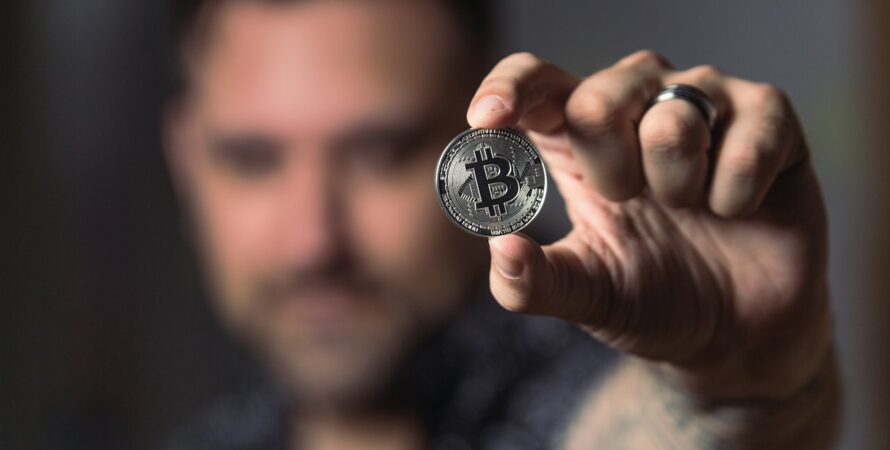Bitcoin: A Currency or An Asset?
Nothing stays as it was on the first day, it continues to develop and change constantly. For example, consider the casino game roulette: if you visit the «Roulette77 USA» site, you will see that this game, invented in the 18th century, has created dozens of variants over time.
This goes for Bitcoin as well. When this digital currency first appeared, it had a very different purpose. Bitcoin aimed to make both an economic and a social revolution. But now it has turned into something completely different: people use it as an “asset”. And its price is so volatile: Bitcoin can make you rich or go bankrupt in a matter of minutes. Even with gambling games like roulette, you can see what your chances of winning are using an odds calculator. For Bitcoin, this is out of the question: are you sure you want to make an investment that is riskier than gambling? What did Bitcoin want to do, and to what extent it achieves it today? Let’s take a look at the answers to these questions together.
A manifesto about anarchy
Satoshi Nakamoto published a manifesto with Bitcoin in 2008. Today we call it a “whitepaper,” but Nakamoto’s paper contained much more than that. This paper first explained how Bitcoin works, then talked about its purpose. Nakamoto wanted to create an economic model that could not be controlled by banks and governments. He planned to do this in two ways:
- Users will mint the money, not a Central Bank
- Users will not need an intermediary to send and receive money: all transfers will take place between peers
However, Nakomoto did not rely on users to reach these goals: he was aware that due to human nature, “people” themselves could not sustain such a system fairly. Therefore, he designed this economic model to work on a “blockchain”, where fairness could be verified. It was an anarchic model and used technology for governance: blockchain-based governance was the foundation of the entire system. Bitcoin was much more than a digital currency, it aimed to change society and traditional economic models.
It turns into an asset very fast
In May 2010, Bitcoin was used for the first time to buy something in the real world: the man who ordered a pizza for 10,000 BTC became a legend nowadays. In 2011, 1 BTC equaled approximately 1 USD. However, its increasing popularity from that date led to the creation of a model called the “Gartner Hype Cycle”: this model says that new technologies will gain value very quickly as they gain visibility. This happened for Bitcoin as well. Between 2011 and 2017, there was literally a “BTC bubble”. By 2018, there was hardly anyone left to consider what Bitcoin wanted to do, and BTC had turned into an asset such as gold, oil, or silver. The irony was that Bitcoin had become part of the economic model it wanted to change.
Almost every analyst believes that it is no longer possible to use Bitcoin for its initial purposes. BTC has become too valuable for this and an almost “fixed” part of the current economic model. It can no longer be used to make a “revolution”, it is too late for that. But it can still help create the necessary conditions for this revolution.
Thanks to Bitcoin, people have realised that the economy does not have to depend on paper banknotes. Maybe they didn’t learn why blockchain technology was developed, but they understood what advantages digital currencies offer. The conditions are perfect for the emergence of a user-friendly cryptocurrency developed for real-world use: it can start the revolution that Bitcoin could not. At least we’ve seen that we don’t have to rely on banks to send and receive money: even that can change our view of the world. Bitcoin may not have changed society the way it wanted, but it still has changed enough to pave the way for those who come after it.




